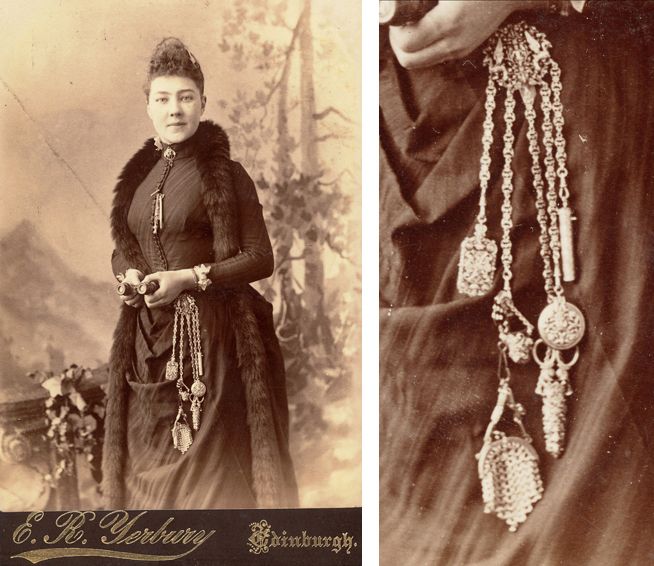
Lauraine Hazelett
@laurainehazelet.bsky.social
10 followers
6 following
36 posts
Thinking about books, medieval manuscripts, & the 16th century | Art History Student | Writer | Loves Languages | 🍉
Posts
Media
Videos
Starter Packs
Pinned
Reposted by Lauraine Hazelett
Reposted by Lauraine Hazelett
Reposted by Lauraine Hazelett
Reposted by Lauraine Hazelett

















